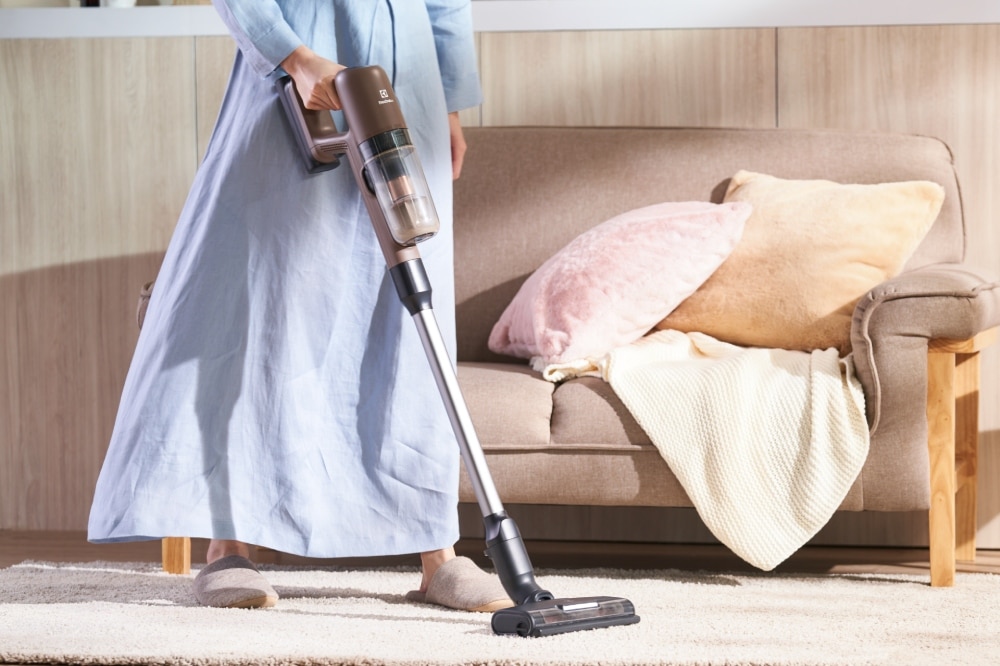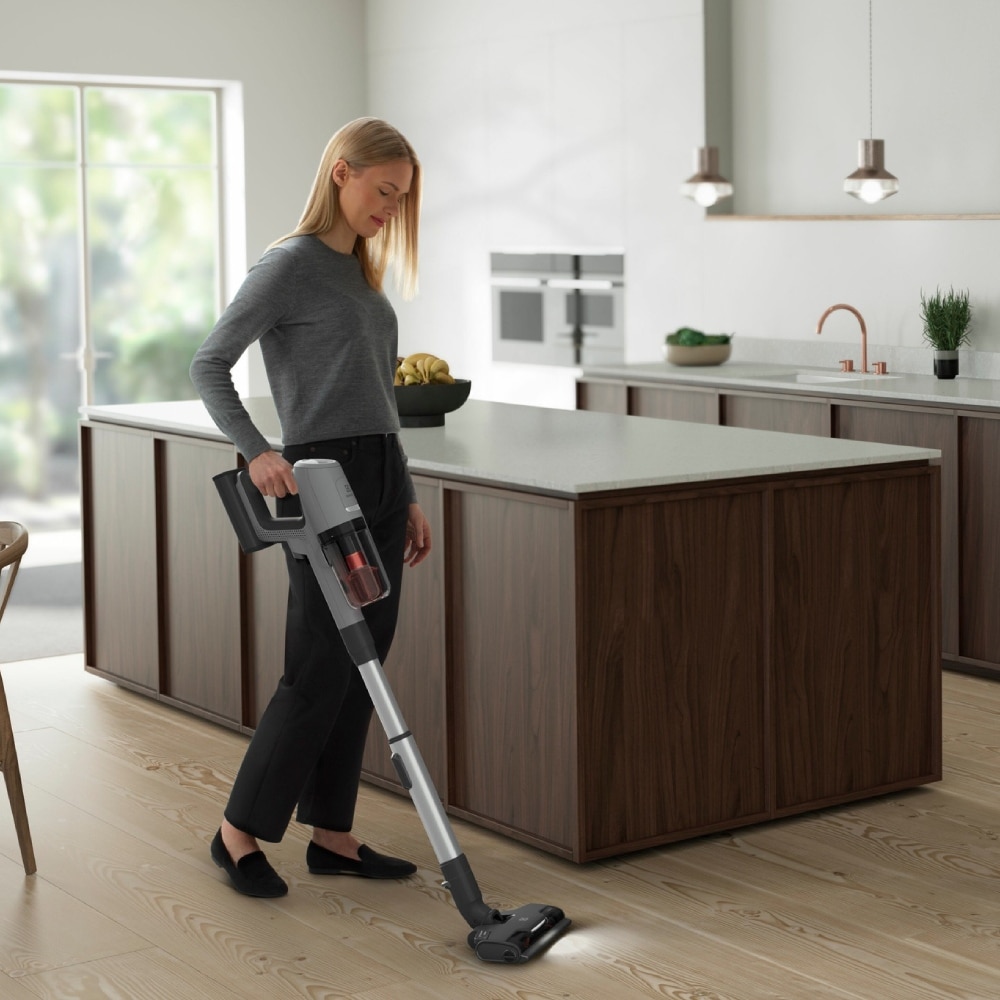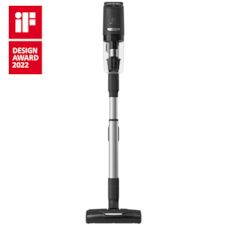Ensuring good indoor air quality is vital, especially since we now spend the majority of our time indoors. The quality of the air we breathe at home can significantly influence our overall health and well-being. If you're wondering how to reduce indoor air pollution and create a healthier indoor environment, you've come to the right place.
In this comprehensive guide, we'll investigate the common sources of indoor air pollution, delve into their impact on human health, and offer practical tips to help you achieve cleaner and fresher air in your home.
How indoor air pollution affects human health
Indoor air quality significantly impacts our well-being, given that we spend a substantial portion of our lives indoors.
Immediate effects of indoor air pollution include discomforts like eye and respiratory irritation, headaches, nausea, shortness of breath, and dizziness, with individuals having pre-existing lung conditions being more vulnerable.
Long-term exposure can result in severe health issues such as respiratory and heart diseases, as well as lung cancer, though these may manifest after extended or repeated exposure.
Common sources of indoor air pollution

Understanding the common sources of indoor air pollution is the first step toward improving your indoor air quality. Let's explore these sources and learn how to make your home a healthier place to live.
1. Inadequate ventilation and mould growth
Insufficient airflow in indoor spaces can lead to the accumulation of pollutants, causing discomfort and health problems. Inadequate ventilation can also result in excess moisture, fostering mould growth.
Mould not only affects air quality but can also pose health risks, from mild allergies to severe respiratory issues such as asthma attacks.
2. Carpeting and furniture
Carpets and upholstered furniture can trap pollutants like dust mites, pet dander, and mould spores. Disturbing these surfaces, even by merely walking on them, can release these pollutants into the air, negatively affecting indoor air quality.
>>> Read more: How to clean carpet: A comprehensive guide
3. Building materials and furnishings
Certain building materials and furnishings can emit harmful substances. Asbestos, although banned in many areas, still exists in some older buildings, and poses significant health risks when disturbed. Carpets, if not correctly maintained, can also become sources of indoor air pollution.
4. Heating, ventilation, and air conditioning (HVAC) systems
HVAC systems play a crucial role in indoor air quality. However, if not cleaned and maintained correctly, they can worsen the situation by circulating dust, bacteria, and mould spores.
5. Cooking activities
Daily cooking can introduce indoor air pollutants, especially if your kitchen lacks proper ventilation. Cooking releases tiny particles that can penetrate deep into your lungs. Ensuring good ventilation during cooking can significantly reduce indoor air pollution from this source.
6. Household cleaning products
Ironically, some cleaning products meant to eliminate dirt and grime can release invisible Volatile Organic Compounds (VOCs). These chemicals can have adverse effects on air quality.
7. Self-care products
Products like scented candles, sprays, lotions, and perfumes, while enhancing your living environment, can introduce harmful VOCs and other pollutants into the air.
How to reduce indoor air pollution: 6 practical tips

1. Prevent air pollution from entering indoors
Begin your journey to cleaner indoor air by focusing on the entry points of outdoor pollutants. Utilize sturdy doormats at entrances to trap dirt and contaminants from shoes. Check for proper sealing around doors and windows to minimize the infiltration of dust, pollen, and other pollutants from the outside.
2. Ensure adequate ventilation
Proper ventilation is paramount to maintaining a fresh and healthy indoor environment. In areas prone to moisture and odours, such as the kitchen, ensure the installation of efficient exhaust systems. These systems help to swiftly remove cooking-related pollutants, including smoke and grease.
Also, throughout your home, make it a habit to open windows and doors whenever possible to promote natural airflow. This simple practice can significantly reduce the buildup of indoor air pollutants. Furthermore, regularly inspect and replace filters in your heating and cooling systems to ensure they operate optimally.
3. Regular house cleaning
Frequent cleaning is one of the cornerstones of a clean indoor environment. While vacuuming and dusting are well-known cleaning routines, don't overlook other areas and aspects of your home. Check out 5 house cleaning tips that make your life easier.
Pay special attention to your kitchen appliances, such as gas stoves and cooker hoods. These can accumulate grease and food particles over time, leading to air quality issues. Cleaning them regularly can prevent the buildup of odours and pollutants. See our articles for how to clean your cooker hood.
Additionally, ensure that your bedding items, including sheets, pillowcases, and mattress covers, are laundered regularly to remove dust mites, allergens, and accumulated dirt. See our tips to wash and dry polyester pillows correctly.
4. Reduce indoor chemical use
Many household products, from cleaning supplies to personal care items, contain volatile organic compounds (VOCs) that contribute to indoor air pollution. To reduce exposure to these harmful chemicals, consider switching to natural or low-VOC alternatives.
Explore eco-friendly cleaning products that are free from harsh chemicals. When shopping for paints, varnishes, and adhesives, look for low-VOC or VOC-free options.
5. Minimize indoor allergens
Allergens are a common source of indoor air quality problems. Taking proactive steps to minimize them can greatly improve your indoor environment.
If you have pets, groom them regularly to reduce shedding and dander, which are common allergen sources. Avoid smoking indoors, as tobacco smoke is a potent indoor air pollutant that can exacerbate allergies and respiratory issues.
6. Embrace natural air purifiers
Houseplants offer a natural and aesthetically pleasing way to enhance indoor air quality. While it's true that a large number of plants would be required to substantially purify the air in your home, they bring additional benefits beyond air purification.
Certain plants, such as snake plants, spider plants, and peace lilies, are known for their air-purifying properties. Incorporating these plants into your living spaces not only enhances air quality but also adds a touch of greenery to your home.
Check out our high-quality Electrolux air purifiers.
>>> Read more: How to clean hardwood floors: A comprehensive guide
Electrolux vacuum cleaners: Your partner in reducing indoor pollution
Experience the ultimate solution to indoor air pollution with Electrolux cordless vacuum cleaner. Boasting exceptional suction power and the user-friendly Grab & Go feature, these vacuum cleaners simplify your cleaning routine. Effectively eliminating dust, debris, and common indoor pollutants, Electrolux vacuum cleaners contribute to a healthier living environment for you and your family. Choose Electrolux for cutting-edge technology and a dedication to cleaner, fresher indoor spaces.
-
- Powerful 200AW clean with 7x the suction power*.
- Durable, high-speed motor lasts longer.
- Interchangeable batteries for 180 mins* cleaning.
-
- Powerful 150W clean with 5x the suction power*.
- Grab & Go, Roll in Roll out for efficient access.
- PowerPro Hard Floor Nozzle polishes as it cleans.
-
- Powerful 150W clean with 5x the suction power*.
- Grab & Go, Roll in Roll out for efficient access.
- PowerPro Hard Floor Nozzle polishes as it cleans.
-
- Powerful 150W clean with 5x the suction power*.
- Grab & Go, Roll in Roll out for efficient access.
- PowerPro Multi-surface Nozzle for all floor types.
discontinued
-
- Lightweight vacuum at approximately 1.9kg*.
- Triple the suction power* for thorough cleaning.
- Up to 50 minutes* runtime on a single charge.
-
- Lightweight vacuum at approximately 2.2kg*.
- Triple the suction power* for thorough cleaning.
- Up to 50 minutes* runtime on a single charge.
FAQs about how to reduce indoor pollution
-
1. What are common indoor pollutants?
Common indoor pollutants encompass an array of substances, including volatile organic compounds (VOCs), pet dander, dust mites, mould, and tobacco smoke.
-
2. What are some natural ways to purify indoor air?
Elevate your indoor air quality naturally by introducing houseplants such as snake plants and peace lilies. Additionally, ensure proper ventilation and avoid smoking indoors to keep the air fresh and clean.
-
3. How can I reduce allergens in my home?
To minimize allergens in your home, practice regular pet grooming to reduce pet dander. Consider using an air purifier equipped with effective allergen filtration to maintain clean and allergen-free air.
-
4. Can an air purifier help improve indoor air quality?
Yes, air purifiers are efficient in removing allergens and pollutants from indoor air, significantly enhancing its quality. They are a valuable addition to create a healthier living environment.
-
5. How often should carpets be vacuumed?
To effectively remove dust and allergens, it's recommended to vacuum your carpets at least once a week. This routine maintenance ensures cleaner and healthier indoor air.






